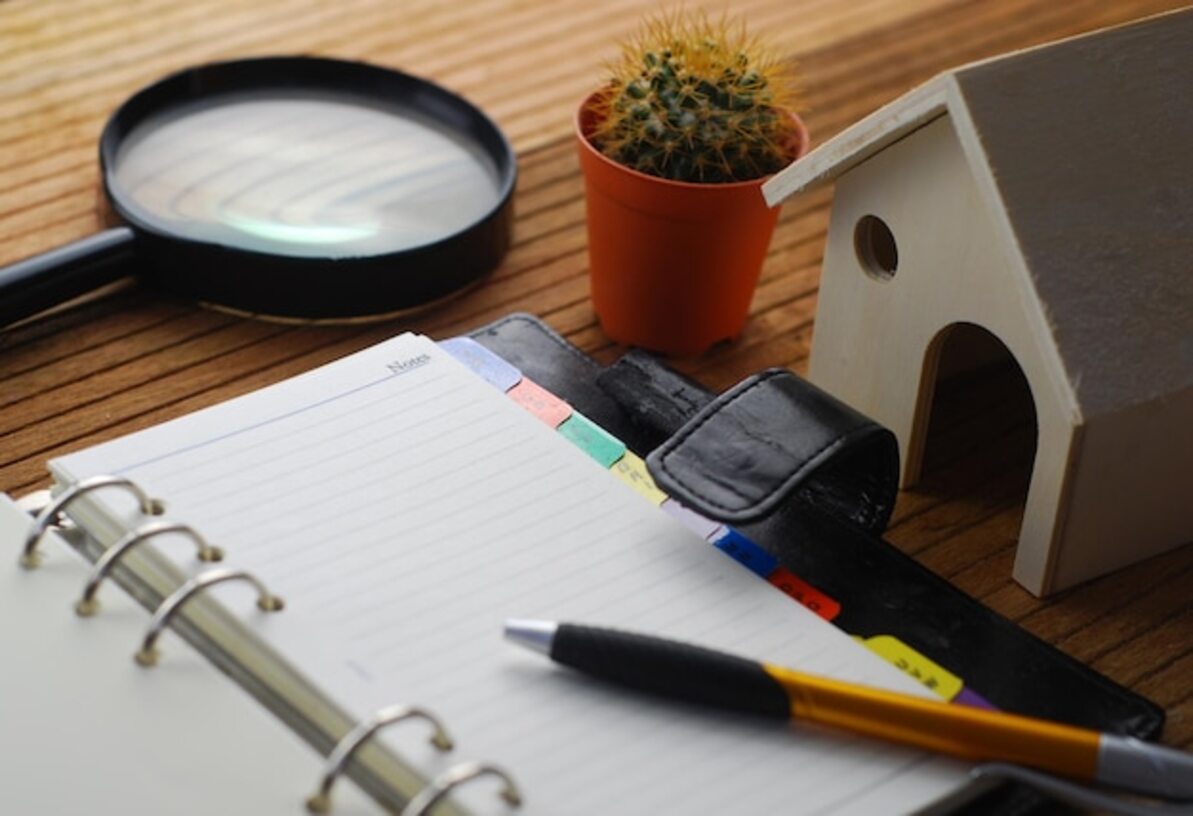How to conduct a needs analysis before your home purchase

Making a home purchase is a significant commitment, and conducting a prior needs analysis can be the key to ensuring that your investment is sound. Before taking that important step, it is essential to understand what you truly need and how your decisions will affect your quality of life. In this article, we will guide you through a clear and effective process that will allow you to identify your specific needs before acquiring any product or service for your home. Get ready to make informed and satisfying decisions!
1. Why is a needs analysis crucial?
A needs analysis is an essential step in the home buying process, as it allows consumers to identify their specific priorities and desires. This approach not only helps avoid impulsive and costly purchases but also ensures that the decisions made truly align with the lifestyle and expectations of the home. By understanding what is really needed, resources can be directed towards products and services that provide real value and functionality, which is fundamental for creating a satisfying and harmonious home environment. Furthermore, conducting a needs analysis fosters greater awareness of the efficient use of space and available resources. Often, by focusing on specific needs, more accessible or innovative alternatives may be discovered that had not been initially considered. This process can include evaluating the size of the home, the number of people living in it, as well as their daily routines. With this clear information in mind, purchasing decisions can be much more strategic and tailored to the reality of the home, resulting in a smarter and more lasting investment.
2. Identify your priorities: the essential versus the desired.
Identifying your priorities is a crucial step in needs analysis before making a purchase for your home. To achieve this, it is helpful to distinguish between the essential and the desired. The essential refers to those elements that are indispensable for your well-being and daily functioning. For example, if you live in an extreme climate, having adequate heating or cooling can be considered essential. In contrast, the desired includes those items that would enhance the aesthetics or comfort of your home, but are not strictly necessary. By making this distinction, you can focus your budget and effort on what truly impacts your quality of life.
Once you have classified your needs into essentials and wants, it is important to prioritize them properly. This involves assessing which aspects are more urgent or relevant according to your current situation. If you are moving to a new home, you may need basic furniture like a bed or table first before thinking about additional decorations. Investing time in this process will allow you not only to save money in the long run but also to avoid impulsive purchases that could lead you to accumulate unnecessary products. By clearly establishing your priorities, you will be better prepared to make informed and satisfying decisions when acquiring items for your home.
3. How to take an inventory of what you already have.
To create an effective inventory of what you already have in your home, it is essential to take a tour of each room and storage area. Start by identifying the items you use frequently and those that have been forgotten. Each object should be carefully examined; ask yourself if you really need each item, if it is in good condition, or if it could be donated or sold. This process will not only help you free up space but also give you a clear view of what you truly own, preventing duplicate purchases and ensuring that your future acquisitions are truly necessary.
Once you have completed the review of your belongings, organize the information collected into categories based on their use or function. For example, you can group kitchen items, living room furniture, decorations, and cleaning utensils. This classification will facilitate the analysis of the inventory and allow you to quickly identify the areas where you need more products or where you could simplify. Additionally, by having a clear list of what you already have, you will be able to set priorities when buying new items for your home, ensuring that each purchase aligns with your actual needs and contributes to improving your quality of life without generating unnecessary excesses.
4. Useful tools to assess your needs.
To carry out an effective needs analysis, it is essential to have tools that help clarify your priorities and desires. One of the most useful tools is the needs versus wants list. This technique involves dividing your requirements into two categories: what you really need for your home and what you would simply like to have. By doing so, you can clearly identify which elements are essential for your well-being and which are optional, which is crucial for making informed decisions and avoiding unnecessary expenses.
Another valuable tool is the use of a personal or family questionnaire where you can reflect on different aspects of your home. Questions like "What current problems do I have in my space?" or "How do I use each area of my home?" can reveal important information about your actual needs. Additionally, involving all household members in this assessment can provide you with a broader perspective and ensure that everyone's preferences are taken into account, thus promoting a more harmonious and functional environment.
5. Setting a realistic budget.
Establishing a realistic budget is one of the most crucial steps in needs analysis before making any home purchase. Before setting a figure, it is important to assess your monthly income and expenses to have a clear idea of how much you can allocate to this investment without compromising your financial stability. When creating a budget, consider not only the cost of the item itself but also other factors such as taxes, shipping and installation costs, and any additional expenses that may arise after the purchase. This approach will allow you to avoid unpleasant surprises and ensure that your choice fits within your means. Additionally, it is advisable to prioritize your needs when establishing your budget. Ask yourself which items are essential and which are simply desires that can wait. This involves reflecting on how each purchase will impact your quality of life and how urgent it is to meet that particular need. By categorizing your priorities within the established budget, you can make more informed decisions that reflect both your desires and your financial limitations, thereby ensuring that each acquisition aligns with your long-term goals for the home.
6. Considerations about the available space in your home.
When considering the available space in your home, it is essential to conduct a thorough assessment of each area before making any purchases. This includes measuring the dimensions of the rooms and taking into account the arrangement of existing furniture. Ask yourself if the new product you wish to acquire will fit well in the environment or if, on the contrary, it will create a sense of clutter and lack of functionality. A well-organized space not only enhances the aesthetic of the home but also contributes to greater comfort in your daily life. Furthermore, it is important to reflect on how you use each space. Some areas may require a more practical approach, such as the kitchen or the living room, where mobility and accessibility are needed. In contrast, spaces like an office or an extra room could benefit from decorative or functional elements that reflect your personal style. By considering how you will utilize every corner of your home, you can make informed decisions that maximize both the utility and aesthetic enjoyment of it.
7. The importance of researching options before buying.
Researching options before making a purchase is an essential step in the needs analysis process for the home. With the vast array of products and services available on the market, it’s easy to feel overwhelmed by choices. However, taking the time to research different alternatives will allow you to assess which fits your requirements, budget, and lifestyle best. Comparing features, prices, and reviews from other users can help you identify not only what looks attractive at first glance but also what truly offers quality and functionality in the long run. Moreover, researching options prior to purchase enables you to make more informed decisions and avoid future regrets. By being well-informed about the various possibilities, you can identify opportunities you might not have initially considered. Whether it’s furniture, an appliance, or even services like home cleaning, understanding the technical specifications and additional benefits of each option will allow you to make a conscious choice that reflects your true needs. In summary, investing time in research can lead to significant savings and greater satisfaction with your final purchase.
8. How to adjust your needs to changes in your daily life.
As your life circumstances change, it is essential to adapt your home needs to maintain a functional and harmonious environment. For example, if you have started working from home, you may need a dedicated office space that is not only comfortable but also efficient. This might involve adjusting the layout of the furniture or investing in an ergonomic chair and suitable technology. Similarly, if you have expanded your family or your children have grown, you may need to rethink the organization of the space and consider elements like additional storage or safe play areas. The key to adjusting your needs lies in regularly tracking how you use your space and what aspects of your home could be improved. Taking the time to reflect on family dynamics and how they impact day-to-day life will help you identify areas where you can make significant changes. Remember that each purchase should be viewed not only as an economic transaction but as an investment in quality of life; so ensure that every decision aligns with your current and future goals. Adapting your home to changes in your daily life is an ongoing process that ensures you are always living in an environment that fully supports you.



